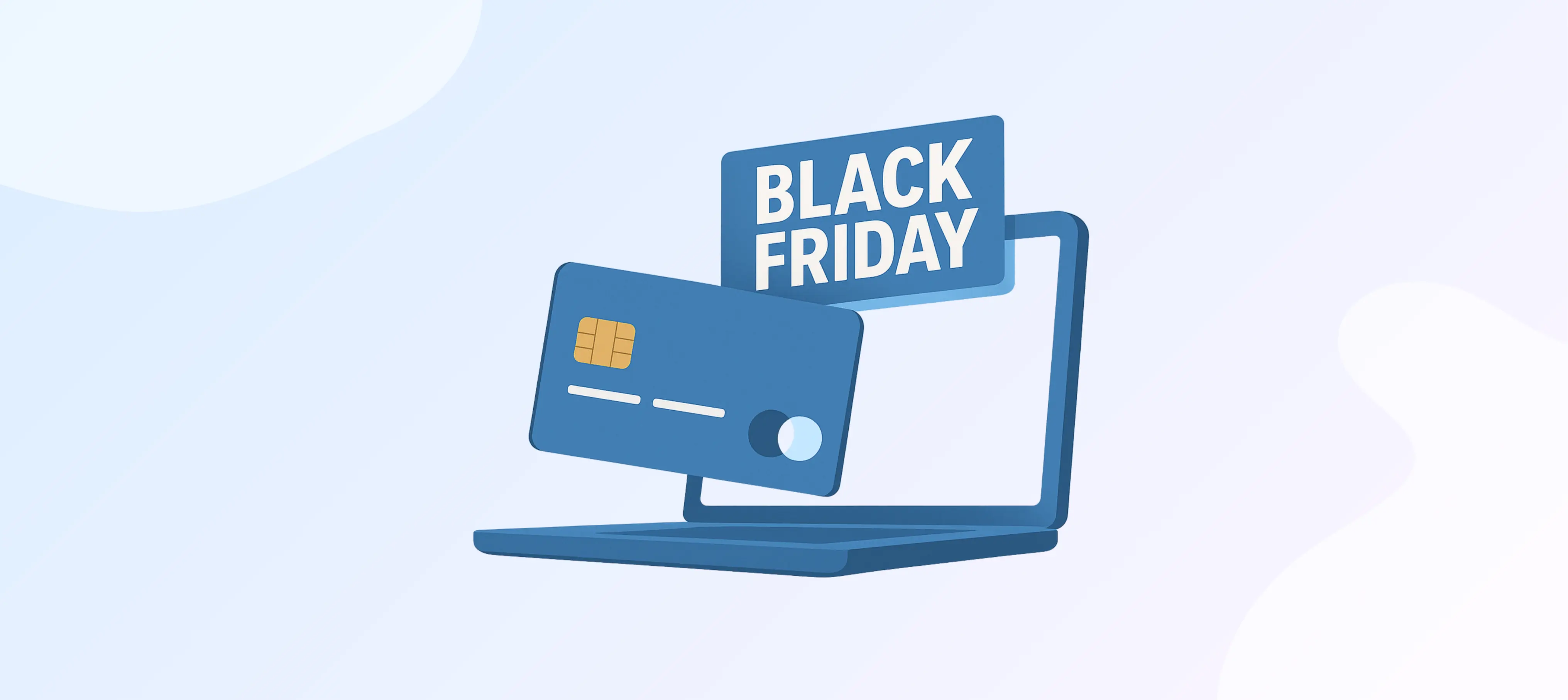Key data and market context
Here are a few up-to-date numbers and trends to keep in mind:
- One forecast estimates that U.S. online sales on Cyber Monday 2025 will reach about $14.1 billion, up roughly 6.1 percent from 2024’s $13.3 billion. (redstagfulfillment.com)
- For the broader holiday season (Nov 1 to Dec 31 2025), Adobe projects online spend of approximately $253.4 billion, with Cyber Monday as the peak day at around $14.2 billion. (business.adobe.com)
- Mobile commerce continues to grow in importance: in 2024, mobile devices accounted for 57 percent of Cyber Monday sales, and mobile traffic hit 74 percent of site visits that day. (redstagfulfillment.com)
- Participation is strong: a survey suggests that 63 percent of consumers plan to participate in Cyber Monday 2025, and 26 percent say they will spend US$1,000 or more on holiday shopping. (driveresearch.com)
These data points underline two big shifts: Cyber Monday is now firmly a digital-first event, and payment flows, mobile optimization, and checkout experience are increasingly critical.
What this means for payment providers and merchants
Given these trends, businesses in the payments and card-issuing ecosystem such as your organization, TCB Pay, should consider:
1. Ensure your payment infrastructure and card issuing are ready
With mobile commerce dominating, ensure your mobile checkout is seamless and the card issuing network can handle spikes.
If you offer corporate cards or virtual cards like TCB Pay does, be ready for a surge in transactions, increased fraud risk, and higher traffic.
Consider flexible payment options such as Buy Now Pay Later, which are increasingly used in holiday shopping. (business.adobe.com)
2. Align promotional strategy with consumer behavior
Discounts and promotions remain the main driver. 85 percent of shoppers said they plan to shop on Cyber Monday to take advantage of special discounts. (driveresearch.com)
Highlighting free shipping, fast delivery, and clear returns helps reduce abandonment. Surveys show shipping costs and return confusion still cause cart abandonment. (readycloud.com)
As a payment provider, you can support merchants by offering pre-holiday onboarding, real-time analytics, and flexible card programs that smooth out the spike.
3. Leverage mobile, data, and segmentation
Since mobile traffic dominates, optimize for mobile and make sure the payments experience works flawlessly on phones and tablets.
Use data to segment your merchant base to identify which merchants issue to high-risk categories and which will see big volume swings. Tailor your card-issuing rules accordingly.
Monitor fraud trends. Higher transaction volume often brings more fraud attempts. Robust fraud prevention, which TCB Pay supports, is essential.
4. Choose timing and messaging wisely
While Cyber Monday is the big day, many merchants extend deals across the “Cyber Week” or earlier. Be prepared for an elongated surge, not just one day.
For your B2B messaging, remind merchants well ahead of time in October or early November of what it takes to be ready: payment acceptance, card issuing, and promotional coordination.
Practical advice for business owners
Here are five actionable steps you can implement right now:
1. Audit your checkout and card-issuance flows
Test your payment gateway, virtual card issuance system, reconciliation workflows, and fraud screening. Simulate high-traffic scenarios and ensure nothing breaks.
2. Support your merchants with guidance
Provide a best-practice checklist for your merchant clients or card-program clients around Cyber Monday. Include clear delivery windows, inventory management, strong refund policy, and mobile optimization.
3. Promote flexibility and transparency
As more customers expect “pay how they want,” including BNPL, ensure your offering supports multiple payment methods. You can differentiate by offering flexible card issuance, real-time authorizations, and global acceptance.
4. Use data to forecast and monitor risk
Build a dashboard for expected volume spikes, merchant category risk, and unusual transaction patterns. Make sure your fraud team is pre-alerted for Cyber Monday traffic behavior.
5. Position your brand appropriately
Since you work in the payments space, highlight how your service through TCB Pay helps businesses capture Cyber Monday traffic and streamline payments without disrupting their experience.
Cyber Monday continues to be a key moment in the holiday shopping calendar. For business owners, especially those in payments and card programs, it is not enough to simply accept payments. You must prepare for scale, mobile behavior, flexible payment demands, and operational resilience. Firms like TCB Pay that can support merchants and issuers through high-volume events will gain an edge.


 Back to all articles
Back to all articles





 Free Demo with Chris
Free Demo with Chris

